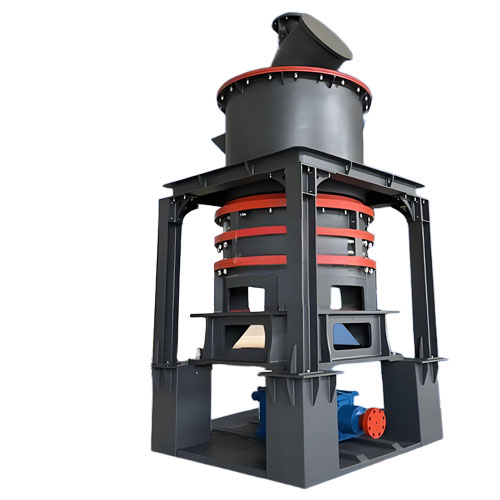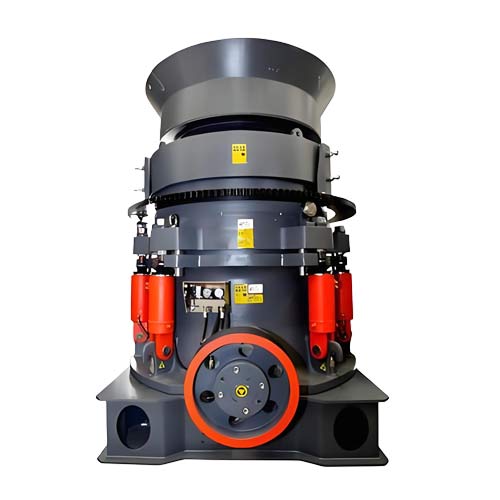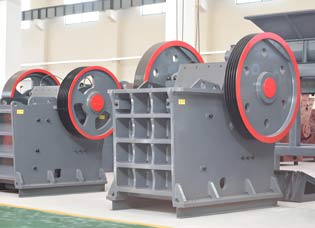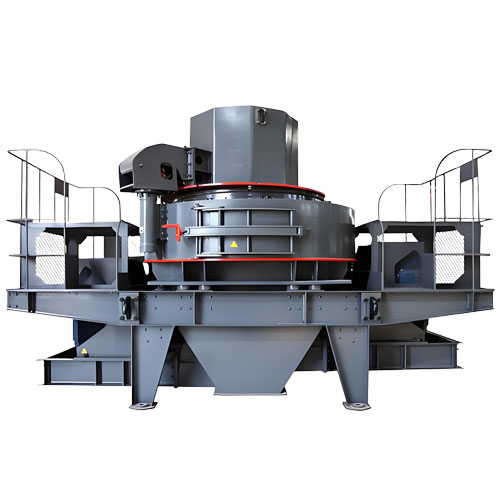Specific process of processing waste steel slag into steel slag powder
Waste steel slag is turned into treasure: Through systematic processes such as cooling, crushing, magnetic separation, and grinding, steel slag is converted into highly active micropowder, which not only solves the problem of accumulation, but also becomes a raw material for green building materials, promoting the development of a circular economy.
The process of processing waste steel slag into steel slag powder is a systematic process involving multiple processing steps to achieve resource utilization of steel slag. The following is a detailed step-by-step process flow combining different processing technologies and equipment:
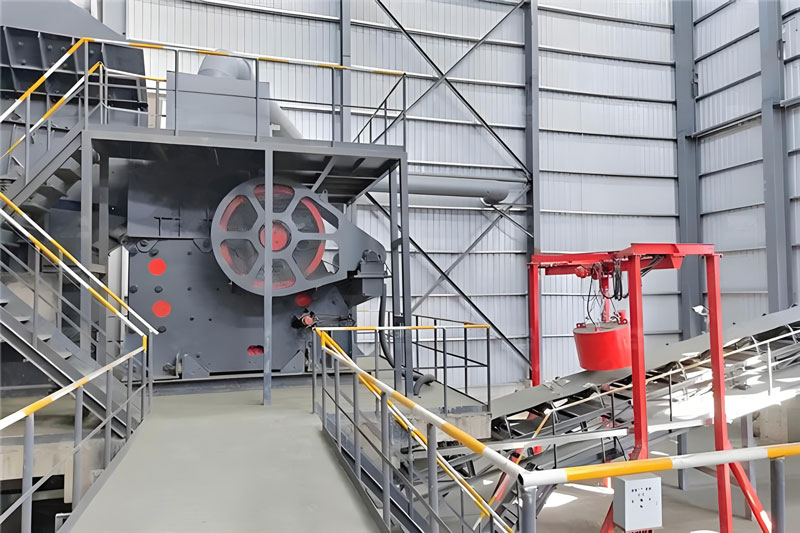
Specific process of processing waste steel slag into steel slag powder
1. Pretreatment stage: cooling and preliminary separation
– Hot treatment: According to different processes, hot pouring method, hot stuffing method, drum method, etc. are selected to cool the high-temperature liquid slag.
Hot pouring method: The slag is poured into a slag pot and layered onto the slag bed. It is then cooled naturally or rapidly cooled by spraying water to break up the slag. This step can initially separate some of the slag from the iron.
– Hot Stifling Method: After cooling the slag to 300-800℃, seal it in a hot stuffing tank and spray water to generate steam to pulverize the slag, which is beneficial for subsequent crushing.
– Drum method: Liquid slag is crushed by high-pressure air and then falls into a water pool, where it is quickly cooled to form granular slag, which allows for better separation of slag and iron.
– Purpose: To reduce the temperature of slag, promote self-decomposition and crushing, reduce the energy consumption of subsequent crushing, and initially separate metallic iron.
2. Crushing and screening stage: fine particles and classification
– Coarse crushing: Use a jaw crusher (such as PE jaw crusher) to initially crush large pieces of steel slag into smaller particles (about 50-100mm).
– Medium and fine crushing: Use a cone crusher (such as a spring cone crusher or a hydraulic cone crusher) to further crush the particles to 20-30mm.
– Screening and grading: The crushed slag is graded by particle size through a vibrating screen to separate particles of different sizes for subsequent processing.
– Purpose: To crush steel slag to a particle size suitable for magnetic separation and grinding, and to improve the efficiency of subsequent processes.
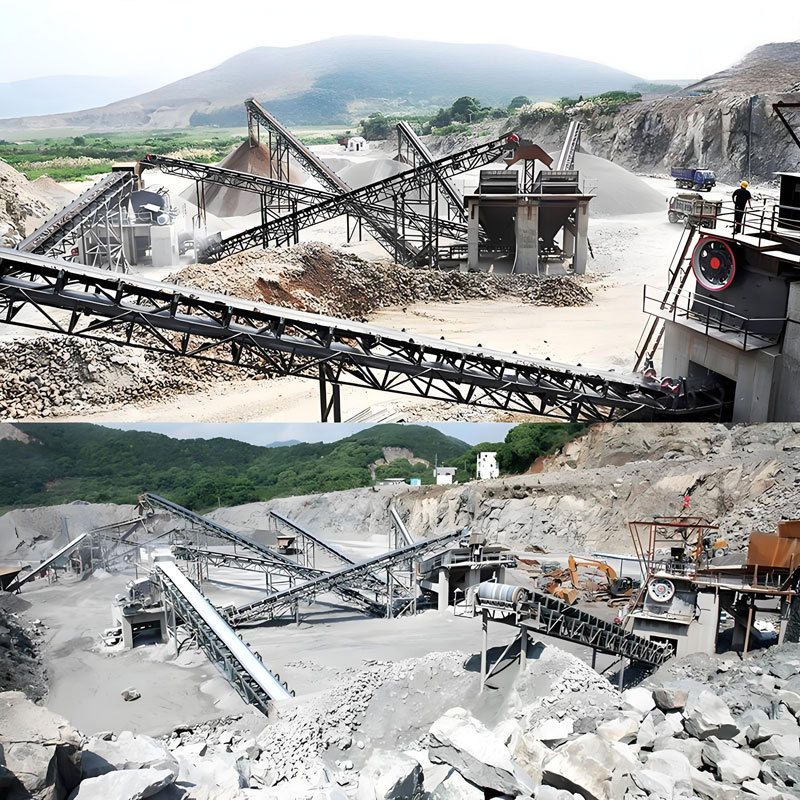
3. Magnetic separation and iron removal stage: recovery of metal resources
– Dry magnetic separation: Dry magnetic separators are used to remove magnetic substances (such as iron particles and iron blocks) from steel slag to obtain high-grade scrap steel.
– Wet magnetic separation (optional): Wet magnetic separation of fine slag particles can be performed to further recover fine iron powder and improve metal recovery rate.
– Purpose: To separate valuable metallic iron and reduce the metal content in steel slag powder to avoid affecting subsequent building material applications.
4. Grinding stage: Preparation of steel slag powder
– Ball mill grinding: The sieved steel slag particles are fed into a ball mill (such as an overflow ball mill) for grinding. The slag particles are refined into fine powder (such as above 200 mesh) through the impact and grinding action of steel balls.
– Vertical mill technology (high-efficiency process): Using a steel slag vertical mill (such as the GKLM vertical mill) reduces energy consumption and equipment wear.
– Purpose: To grind steel slag into fine powder and improve its activity so that it can be used in cement, concrete and other building materials.
5. Grading and finished product processing
– Wind classification: Use a classifier (such as a spiral classifier) to separate the steel slag powder that meets the particle size requirements and remove coarse particles or insufficiently ground materials.
– Collection and packaging: Collect qualified steel slag powder, store or package it to ensure the stable quality of the finished product.
– Optional steps: If higher activity is required, chemical activation (such as adding gypsum or lime) or mechanical activation can be performed to improve the gelling properties of the steel slag powder.

6. Environmental protection and quality control
– Dust removal system: Bag dust collectors or wet dust removal equipment are installed in each processing link to control dust emissions and meet environmental protection requirements.
– Water treatment: Wastewater from wet processes needs to be precipitated and filtered before being recycled to reduce water consumption and pollution.
– Quality testing: Chemical composition analysis, specific surface area measurement, and activity index testing are performed on finished products to ensure compliance with building material standards (such as GB/T 20491).
Process characteristics and selection basis
● Wet method vs. dry method: The wet method has high processing efficiency and is suitable for areas with sufficient water resources; the dry method is suitable for water-scarce environments, but attention should be paid to dust control.
● Equipment selection: Choose a combination of jaw crusher, cone crusher, vertical mill, etc. according to the processing capacity and finished product fineness requirements.
● Environmental considerations: Give priority to low-energy consumption and low-emission processes (such as hot stuffing method and vertical mill technology) to reduce environmental load.
Summarize
The process of processing waste steel slag into slag powder involves cooling, crushing, magnetic separation, and grinding, transforming waste into a high-value-added building material. This process not only solves the problem of slag accumulation but also reduces building material production costs through resource utilization, promoting the development of a green circular economy. The specific process design should be optimized based on the steel plant’s specific conditions (such as slag volume, site, and environmental requirements) to select an appropriate technical route.
Related Products
Inquiry
Please leave us your requirements, we will contact you soon.


